A recent story in the Honolulu Civil Beat claims that climate change in Hawaii, driven by fossil-fuel use, is damaging the islands, a problem that can be solved by imposing a tax on carbon dioxide emissions. These claims are demonstrably false. Climate change is not causing unusual damage to Hawaii, and carbon fees will only hurt residents, shifting emissions—and the jobs that produce them—elsewhere, and have no impact on climate.
In the article, “Climate Change Requires Policy Change,” the author claims that climate change is caused by human fuel burning. In reality, the Earth’s climate changes regardless of human activity.
The author writes, “Of course, you should recycle, compost, use a reusable water bottle, etc., but climate change is the result of decades of burning fossil fuels and even giving them subsidies.”
The past has been both much warmer and cooler, with no human burning of fuels involved, as discussed on Climate Realism here, here, and here, for example. The National Oceanic and Atmospheric Administration (NOAA) says that current CO2 levels are where they were about 3.6 million years ago, as reported in at Climate Realism here. Yet today’s sea levels are nowhere near what they were then, and Earth’s average temperature during that time was 7 degrees higher than it is today.
Data presented in Climate at a Glance: Sea Level Rise shows average sea levels are currently rising at approximately the same rate they have since the end of the last ice age. Figure 1 below shows sea level rise in Honolulu has been relatively constant for the last hundred years at about 1.55mm per year, adding up to a half foot per hundred years, which is half as much as the average global rate since the mid-1800s.
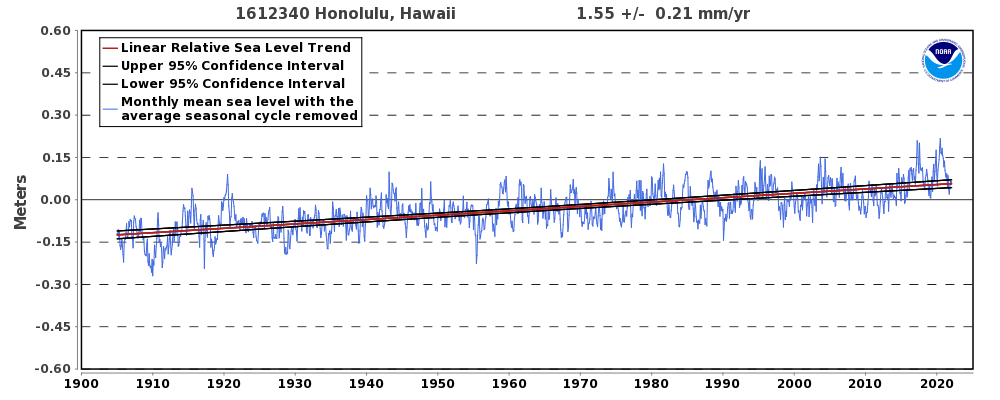
The Hawaiian Islands are formed by a volcanic “hot spot” which remains stationary while the Pacific Plate moves north-west. Because of this motion, the southmost islands are youngest, while the Leeward Islands in the chain are oldest. The plate moves slowly over the hot spot, carrying islands away, and without new lava adding to them, they slowly succumb to the erosion of waves and tides, and eventually are submerged entirely. Every island of Hawaii as we know it will eventually be gone, with new islands replacing them. No anthropogenic cause required.
To prevent climate change induced damage, the author endorsed imposing a tax on carbon dioxide.
Policies like a carbon fee or tax suffer from “Pollution leakage,” meaning that because the products—in this case fuel, electricity, and goods—are so essential, they will still be produced elsewhere as manufacturers move operations overseas. This results in no net reduction in emissions.
The carbon tax will not reduce emissions, but, as Climate at a Glance: Carbon Dioxide Taxes shows, a carbon dioxide tax is highly regressive, dramatically increasing energy bills, fuel costs, and the prices for goods and services, which harm poor and middle income households the most.
Hawaii already has the highest cost of living of any other state, with much more expensive utilities and groceries than the national average. A plan that involves making electricity, groceries, and fuel costs in Hawaii even more expensive is not helpful for the poor there.
The admitted goal of the program would be to make petroleum-based fuel sources so expensive, that electric vehicles and other “renewables” become more relatively more affordable. It will not reduce the absolute price for those goods, however, and will harm Hawaii’s economy as a whole. Hawaii depends entirely on fossil fuel transport—most of their food comes from non-Hawaiian sources, and must arrive by ship or plane. Tourism, Hawaii’s largest industry, is predicated in part on affordable airline tickets, which will obviously become more costly with carbon taxes, and could lead to reduced tourism. According to the Energy Information Administration, jet fuel makes up almost three-fifths of Hawaii’s petroleum consumption.
It is absurd to levy this sort of regressive tax on people, potentially destroying household budgets in a state that is already extremely expensive to live in. This absurdity is redoubled when that tax is meant to prevent the climate from changing, which the action won’t do. Even if carbon dioxide emissions are contributing to climate change, as The Heartland Institute’s new study, “Climate at a Glance for Teachers and Students: Facts on 30 Prominent Climate Topics,” shows, this is no cause for alarm. As importantly, in 2018, Hawaii produced 1.3 million metric tons of carbon dioxide emissions. By comparison, China produced 28 million metric tons of carbon dioxide each day, 21 times more carbon dioxide each day than Hawaii emits in a year. As a result, any contribution Hawaii’s carbon dioxide emissions are making to climate change is so small, the carbon tax will have no noticeable effect whatsoever on climate.




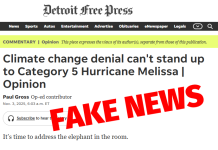

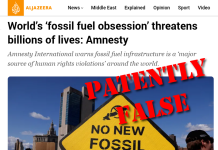








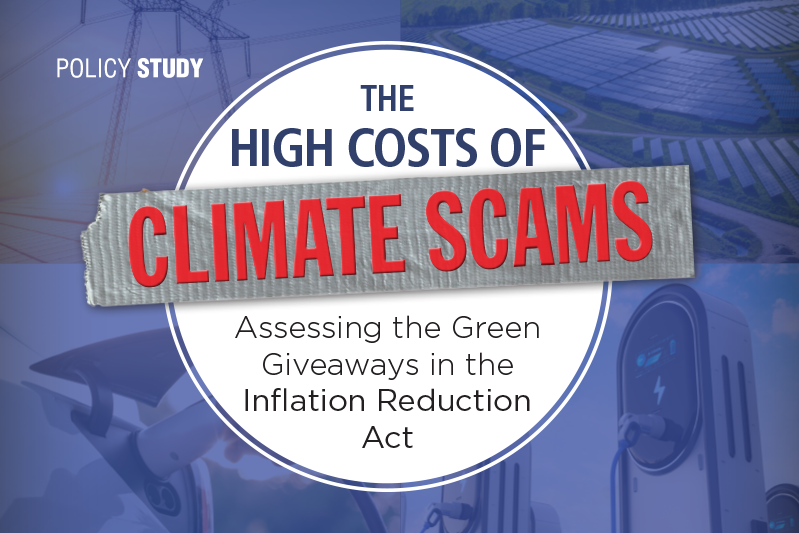
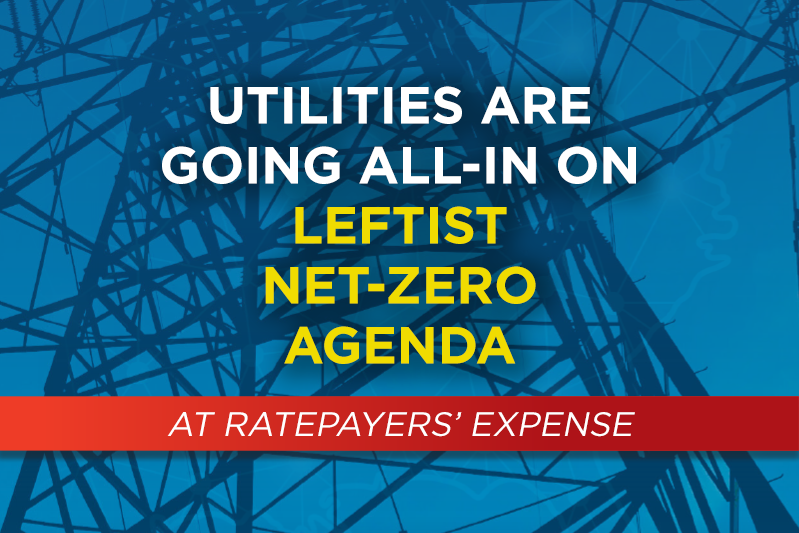
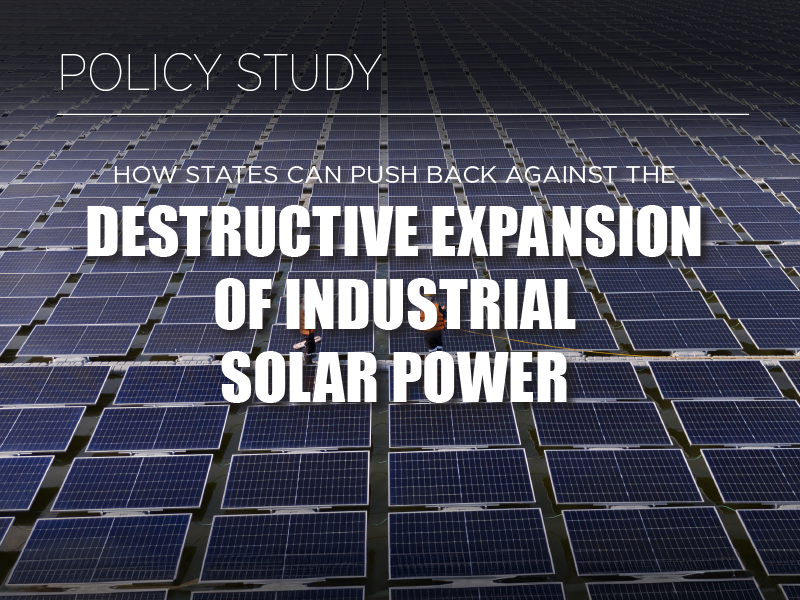
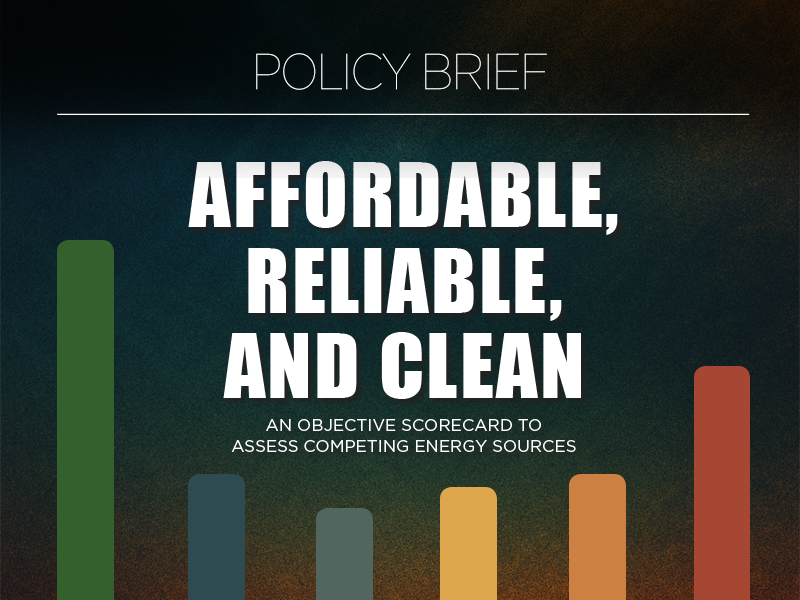


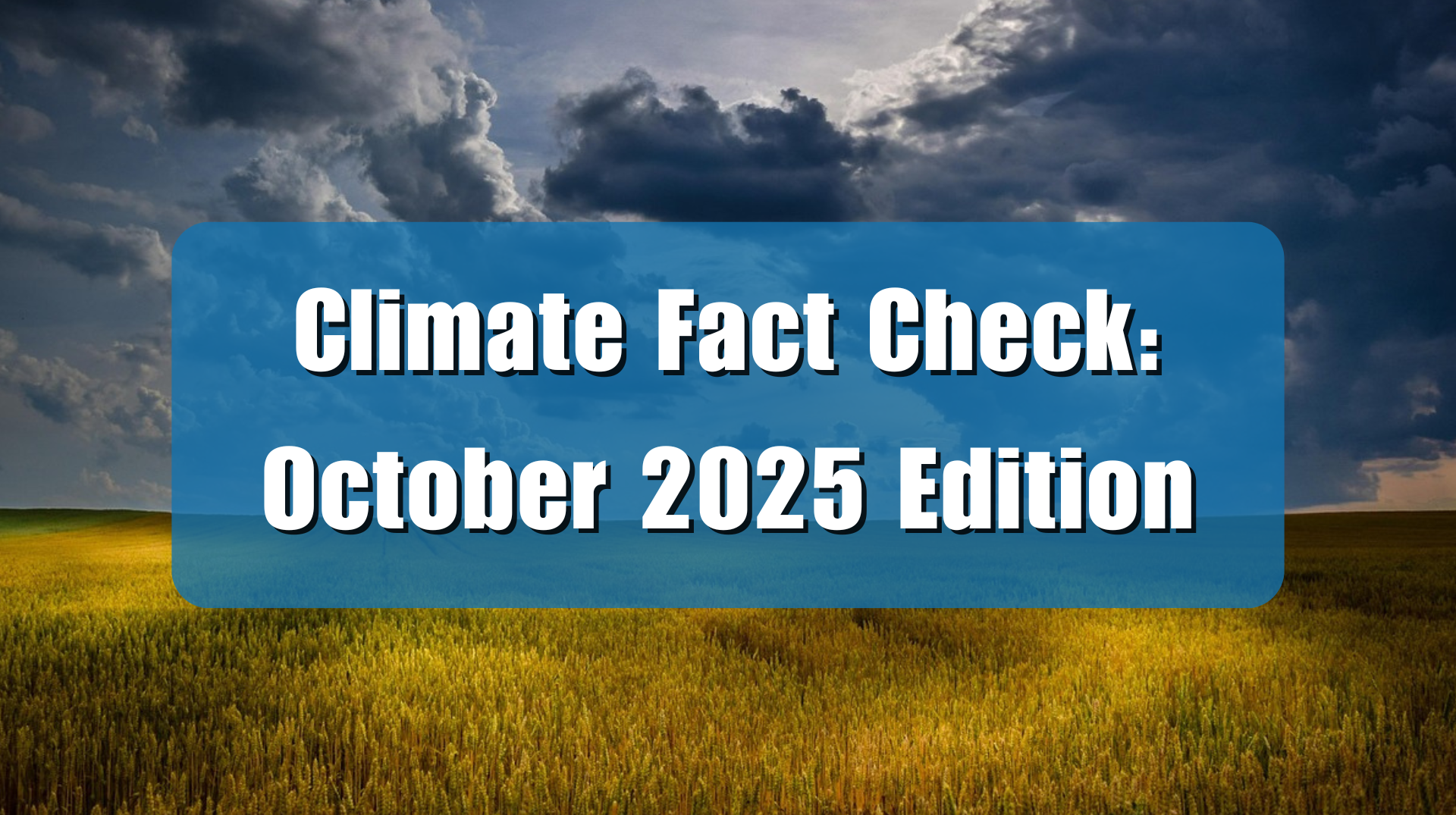

And just what high pollution source does Hawaii get its electricity from ?